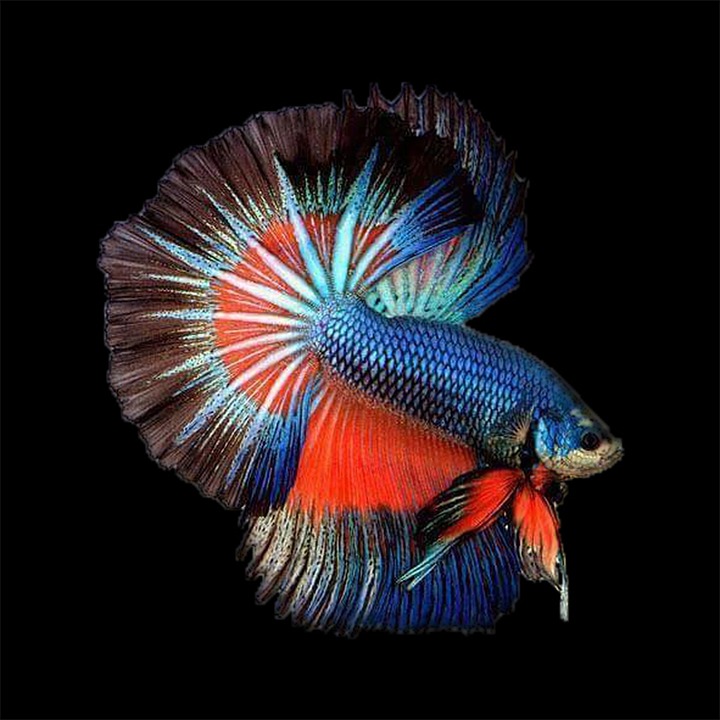Keeping fish healthy in an aquarium can be a challenging task, as they are prone to various diseases. One effective method to prevent fish tank diseases is by using ozone generators. In this article, we will explore the benefits of ozone generators in maintaining fish health and answer some frequently asked questions about their usage.
Understanding Ozone Generators and Their Functionality
Ozone generators are devices that produce ozone gas, which is a highly reactive form of oxygen. This gas is then introduced into the fish tank water to eliminate pathogens and organic waste. Ozone generators work by using a high-voltage electrical discharge to convert oxygen molecules (O2) into ozone (O3). The ozone is then released into the water, where it reacts with organic matter, bacteria, viruses, and other harmful substances.
Ozone generators are popular in fish keeping because they offer several advantages over traditional filtration systems. They provide a more comprehensive and efficient method of disease prevention and water purification. Additionally, ozone generators can improve water clarity and reduce the need for chemical additives.
The Importance of Ozone Generators in Fish Tank Health
Ozone’s ability to eliminate harmful pathogens is one of its key benefits. It has a strong oxidizing effect, which means it can destroy bacteria, viruses, parasites, and fungi that may cause diseases in fish. By using ozone generators, fish owners can significantly reduce the risk of infections and maintain a healthier environment for their aquatic pets.
Furthermore, ozone generators help in reducing organic waste and toxins. Fish produce waste in the form of ammonia, which is toxic to them if not properly eliminated. Ozone reacts with ammonia, converting it into less harmful compounds. It also breaks down other organic matter, such as fish excrement and uneaten food, preventing the buildup of harmful substances in the tank.
Enhancing water quality and clarity is another significant advantage of ozone generators. Ozone helps remove impurities, odors, and discoloration from the water, resulting in a cleaner and more visually appealing tank. It also helps to break down dissolved organic compounds, improving overall water quality.
In addition to preventing diseases and improving water quality, ozone generators also play a role in preventing algae growth. Algae can quickly overtake a fish tank and pose a threat to fish health. Ozone inhibits the growth of algae by breaking down the cells and disrupting their reproductive process. This helps to maintain a balanced ecosystem in the tank.
Factors to Consider When Using Ozone Generators
While ozone generators offer numerous benefits, it is essential to consider some factors for their safe and effective usage. Proper ozone dosage and concentration are crucial to prevent harm to fish. It is recommended to follow the manufacturer’s guidelines and consult with experts to determine the appropriate ozone levels for your specific tank size and fish species.
Monitoring and controlling ozone levels is essential to prevent overexposure. High levels of ozone can be harmful to fish, causing respiratory problems and even death. It is recommended to use an ozone monitor and controller to maintain ozone levels within the desired range.
Ensuring adequate oxygenation in the tank is critical when using ozone generators. Ozone can reduce the dissolved oxygen levels in the water, which can be detrimental to fish health. It is necessary to have proper aeration and oxygenation systems in place to counteract the effects of ozone and maintain a healthy oxygen balance in the tank.
Frequently Asked Questions (FAQs)
1. Can ozone harm fish?
While ozone can be harmful to fish at high levels, when used correctly and in moderation, it poses minimal risk. It is crucial to maintain proper ozone dosage and concentration and monitor the fish’s behavior and overall health.
2. Can ozone generators replace traditional filtration systems?
Ozone generators can enhance traditional filtration systems but should not replace them entirely. Both systems work together to provide comprehensive water purification and disease prevention.
3. How often should ozone generators be used?
The frequency of ozone generator usage depends on factors such as tank size, fish species, and water quality. It is recommended to use ozone generators intermittently, typically for a few hours each day, to maintain optimal water conditions.
4. Are ozone generators safe for human exposure?
Ozone gas can be harmful to humans if inhaled in high concentrations. It is essential to follow safety guidelines and avoid direct exposure to ozone gas.
5. What are the maintenance requirements for ozone generators?
Regular maintenance is necessary to ensure the proper functioning of ozone generators. This includes cleaning the ozone generator, replacing ozone-producing elements, and checking for any leaks or malfunctions.
Conclusion
Ozone generators play a vital role in preventing fish tank diseases by effectively eliminating pathogens, reducing organic waste, enhancing water quality, and preventing algae growth. However, it is crucial to use ozone generators with caution and maintain proper ozone dosage, concentration, and oxygenation levels in the tank. By incorporating ozone generators into your fish tank maintenance routine, you can ensure a healthier and safer environment for your beloved aquatic companions.









